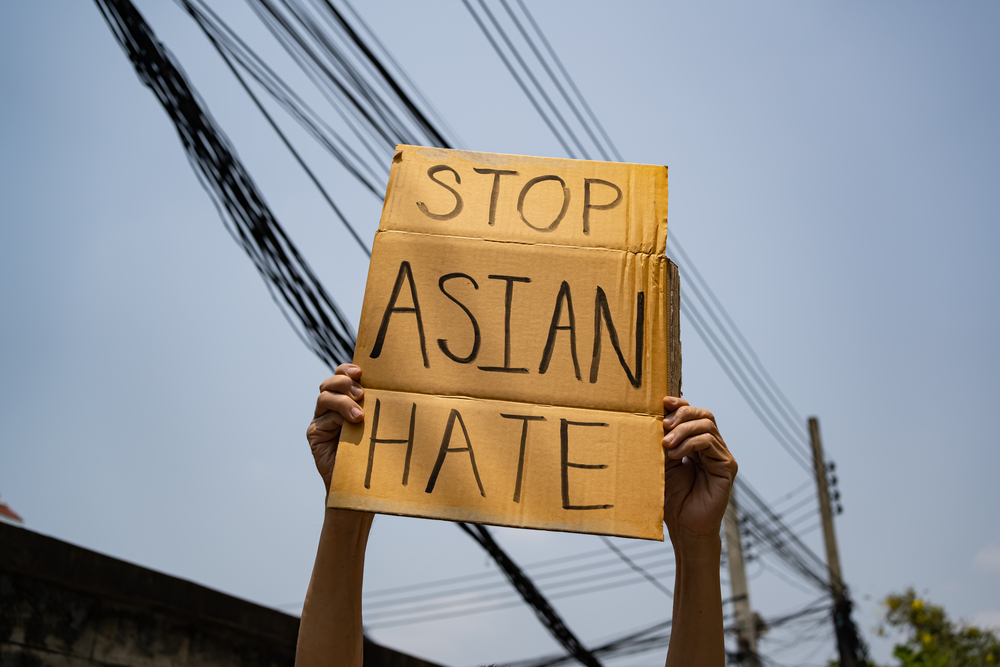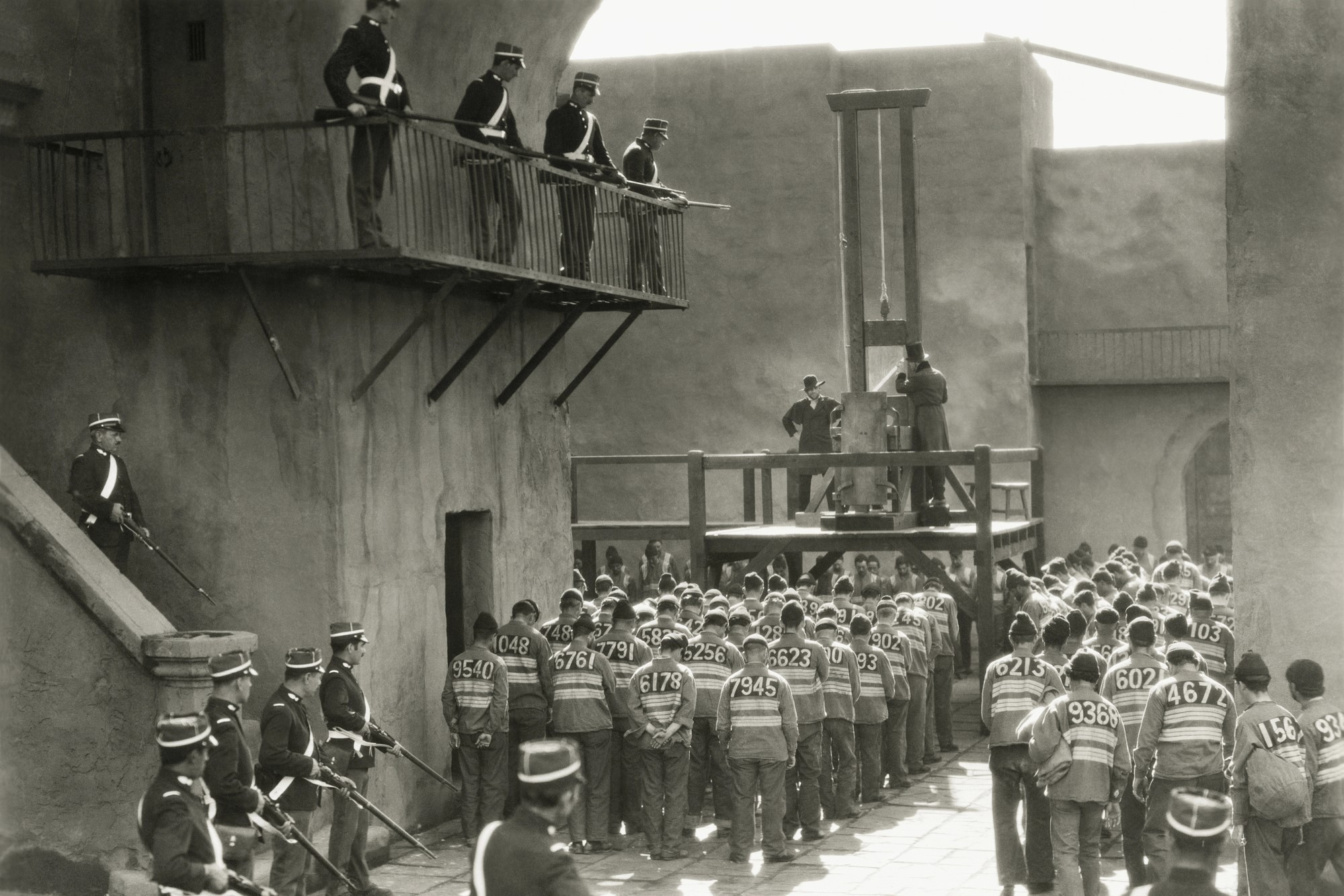More Than Words: Hate Crime Laws and the Atlanta Attack

There’s an important conversation happening about how we should understand Robert Aaron Long’s murder of eight individuals, including six Asian women (Daoyou Feng, Hyun Jung Grant, Suncha Kim, Soon Chung Park, Xiaojie Tan, Yong Ae Yue) last week. Were Long’s actions thoughtless or deliberate? Is the attack a random outburst at an unrelated target, or “a new chapter in an old story”? Is the attack better explained as a byproduct of anti-Asian American sentiment left to fester, or merely the result of a young, white man having “a really bad day”? Behind these competing versions lies a crucial distinction: in judging the act, should we take on the point of view of the attacker or his victims?
In the wake of the tragedy, President Biden urged lawmakers to endorse the COVID-19 Hate Crimes Act aimed at addressing the rise in violence directed at Asian Americans. The bill intends to improve hate crime reporting, expand resources for victims, and encourage prosecution of bias-based violence. As Biden has emphasized, “every person in our nation deserves to live their lives with safety, dignity, and respect.” By publicly condemning the Atlanta attack as a hate crime, the president hopes to address the climate of fear, distrust, and unrest that’s set in.
Unfortunately, hate crime legislation has proven more powerful as a public statement than a prosecutorial tool. The enhanced punishment attached to those criminal offenses motivated by the offender’s biases against things like race, religion, and gender are rarely sought. Part of the problem stems from the legal difficulty in demonstrating motive. This requires going beyond mere intent — assessing the degree to which one meant to cause harm — and instead considering the reasons why the person acted as they did. We’re encouraged to judge the degree to which prejudice might have precipitated violence. Establishing motive, then, requires us to speculate as to the inner workings of another’s mind. Without a confession, we’re left to try to string bits of information together into a compelling narrative of hate. It’s a flimsy thing to withstand scrutiny beyond a reasonable doubt.
This trouble with motive is currently on clear display: Long has insisted that race and gender had nothing to do with the attack, and the police seem willing to take him at his word. On Thursday, FBI director Christopher Wray deferred to the assessment by local police saying that “it does not appear that the motive was racially motivated.” Instead, Long’s actions have been explained as the consequence of sex addiction in conflict with religious conviction; Long’s goal has been described as the elimination of temptation.
How this explanation insulates Long’s actions from claims of bias-inspired violence is not clear. As Grace Pai of Asian Americans Advancing Justice suggested, “To think that someone targeted three Asian-owned businesses that were staffed by Asian American women […] and didn’t have race or gender in mind is just absurd.” The theory fails to appreciate the way Long’s narrative fetishizes Asian American women and reduces them to sexual objects. Rather than avoiding the appearance of bias, the current story seems to possess all the hallmarks. Sure, it might prove a bit more difficult to establish in a court of law, but as Senator Raphael Warnock argued, “we all know hate when we see it.”
So what makes politicians run toward, and law enforcement run from, the hate crime designation? In addition to the difficulty in prosecution, hate crime laws have a shaky record as a deterrent, made worse by the fact that they are rarely reported, investigated, or prosecuted. Despite all but three states now having hate crime laws on the books, rates of bias-inspired violence and harassment over the past several years have remained relatively high. (Many attribute this trend to the xenophobic and racist rhetoric that came out of the previous White House administration.)
But perhaps the value of hate crime legislation can’t be adequately captured by focusing on deterrence. Maybe it’s about communication. Perhaps the power of these laws is about coming together as a community to say that we condemn violence aimed at difference in a show of solidarity. We want it known that these particular individuals — these particular acts — don’t speak for us. Words matter, as the controversy regarding the sheriff’s office explanation of the attacker’s state of mind makes clear. Making the public statement, then, is a crucial step even if political and legal factors mean the formal charge is not pursued. It’s a performance directed at all of us, not at the perpetrator. The goal is restoration and reconciliation. Failing to call out bias-inspired violence when we see it provides cover and allows roots to take hold and to continue to grow unchecked.
Still, the importance of signalling this moral commitment doesn’t necessarily settle the legal question of whether hate crime legislation can (and should) play the role we’ve written for it. Hate crime laws are built on our belief that bias-inspired violence inflicts greater societal harm. These crimes inflict distinct emotional harms on their victims, and send a specific message to particular members of the community. Enhanced legal consequences are justified, then, on the basis of this difference in severity and scope. Punishment must fit the crime.
Some critics, however, worry that hate crime laws reduce individuality to membership of a protected group. In a way, it’s guilty of a harm similar to that perpetrated by the attacker: it renders victims anonymous. It robs a person of her uniqueness, strips her of her boundless self, and collapses her to a single, representative label. Because of this, hate crime laws seem at once both necessary for securing justice for the victim — they directly address the underlying explanation of the violence — and diametrically opposed to that goal — the individual victim comes to be defined first and foremost by her group identity.
The resolution to these competing viewpoints is not obvious. On the one hand, our intuitions suggest that people’s intentions impact the moral situation. Specifically targeting individuals on the basis of their gender or ethnicity is clearly a different category of moral wrong. But the consequences that come from the legal application of those moral convictions have serious repercussions. Ultimately, the lasting debate surrounding hate crime legislation speaks to the slipperiness in pinning down what precisely justice demands.




